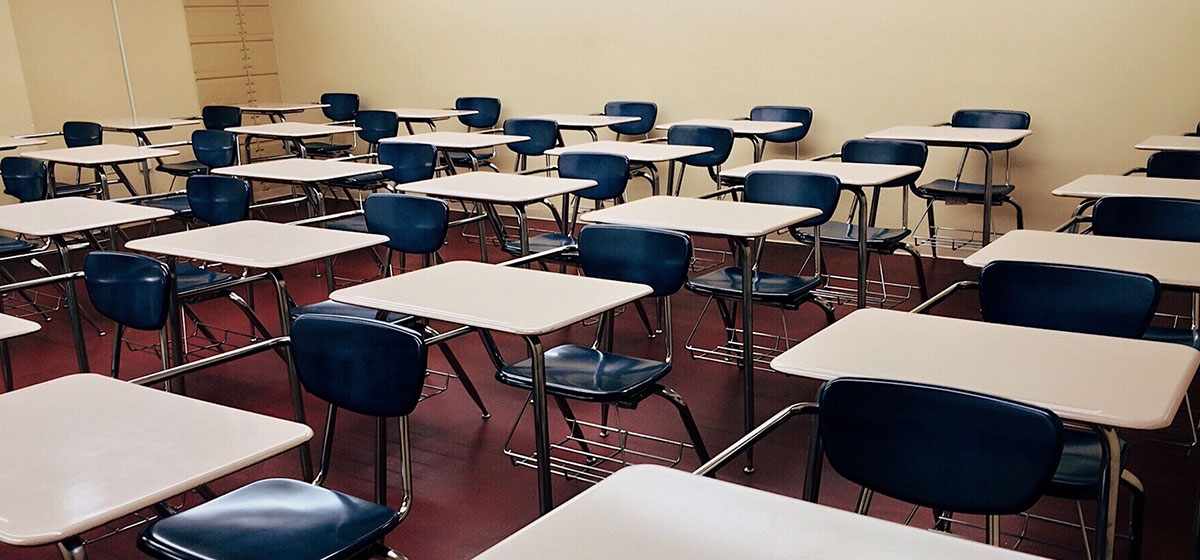City Public Schools Wither as Economy Booms

Austin is learning that much-desired economic success can have unintended consequences. The city’s declining school-age population and public school enrollment is citywide topic of conversation among Austin Independent School District (AISD) officials and Austin residents, including parents of school age children, taxpayers without children in school and local economic development professionals thrown in the mix. Yes Pittsburgh, despite the fun fact that Austin, more than any other U.S. city, has more people living here who were living somewhere else the previous year, we are losing children. What gives?
The Austin metropolitan area, now approaching Pittsburgh’s size of 2.1 million people, is gaining population in all age categories. But if, as so many city officials nationwide posit, the health of a region depends on the vibrancy of the central city, then losing families and children in the central city is a troubling trend, even for childless residents.
Recently, the AISD board unanimously approved staff recommendations to close and consolidate up to 12 of the district’s 129 schools. There are simply not enough students to justify keeping all of them open, according to Michelle Cavazos, AISD’s chief officer for school leadership. Economic success, it turns out, has ancillary effects.
Austin’s rapid population growth has led to higher housing costs, particularly in desirable city neighborhoods. Cavazos singled out affordability as the key reason families are leaving. “It’s very expensive to live in Austin and more of our families have been moving to the outskirts, where housing is more affordable.” Austin has also seen rapid growth in very high-income jobs and many new residents have high levels of education. Highly educated people are more likely to pick up and move to a place they see as right for them. They tend to have lower-than-average birth rates. Those with children also tend to have high expectations for their children’s education. For them, private schools can be an attractive alternative. These factors affect public school enrollment.
There are similarities in educational attainment levels in Austin and Pittsburgh. In 2017, for example, 44.8 percent of adults 25 years and older in Austin had a bachelor’s degree or higher compared to 41.9 in Pittsburgh. And 15.7 percent of adults in Austin and 19.8 percent of adults in Pittsburgh had graduate degrees. Maybe it’s time to think of the unintended consequences of economic development focused on jobs requiring advanced degrees.
In Austin, school officials report the district lost more than 7,000 students over the last several years and project losses of another 4,200 or more students by 2025. Why is this a concern? Well, anyone who pays real estate taxes, or rents an assessed property, needs to be concerned. The loss of students over the last decade has cost AISD $115 million in state aid. And the funding losses come at a time when there is a growing need for bi-lingual education and increased help for economically disadvantaged populations in the city.
Does this all seem counter intuitive? Yes, and that’s what has Austinites concerned. As I said, anyone affected by property taxes has a stake in this. We’re a boomtown on the same scale as Seattle and San Francisco, where the rates of growth are difficult for other U.S. cities to imagine. Our job boom is happening at the highest levels of income and educational attainment. It’s lopsided, tilting too far and too fast to one side of the economic scale. There is a lesson here for other cities, such as Pittsburgh, where rising innovation economies improve prospects for a brighter economic future. Growth, no matter how desirable, comes at a price.




